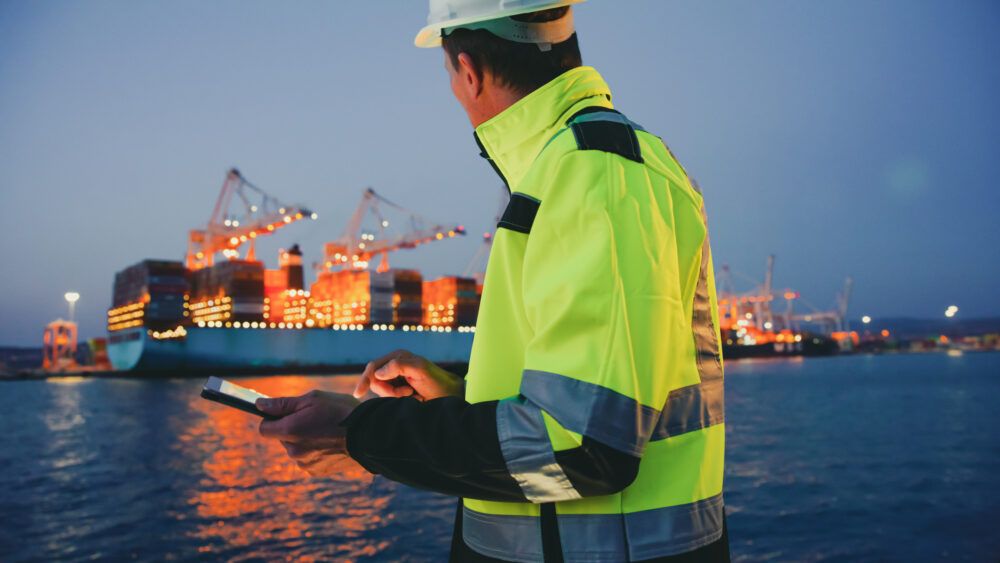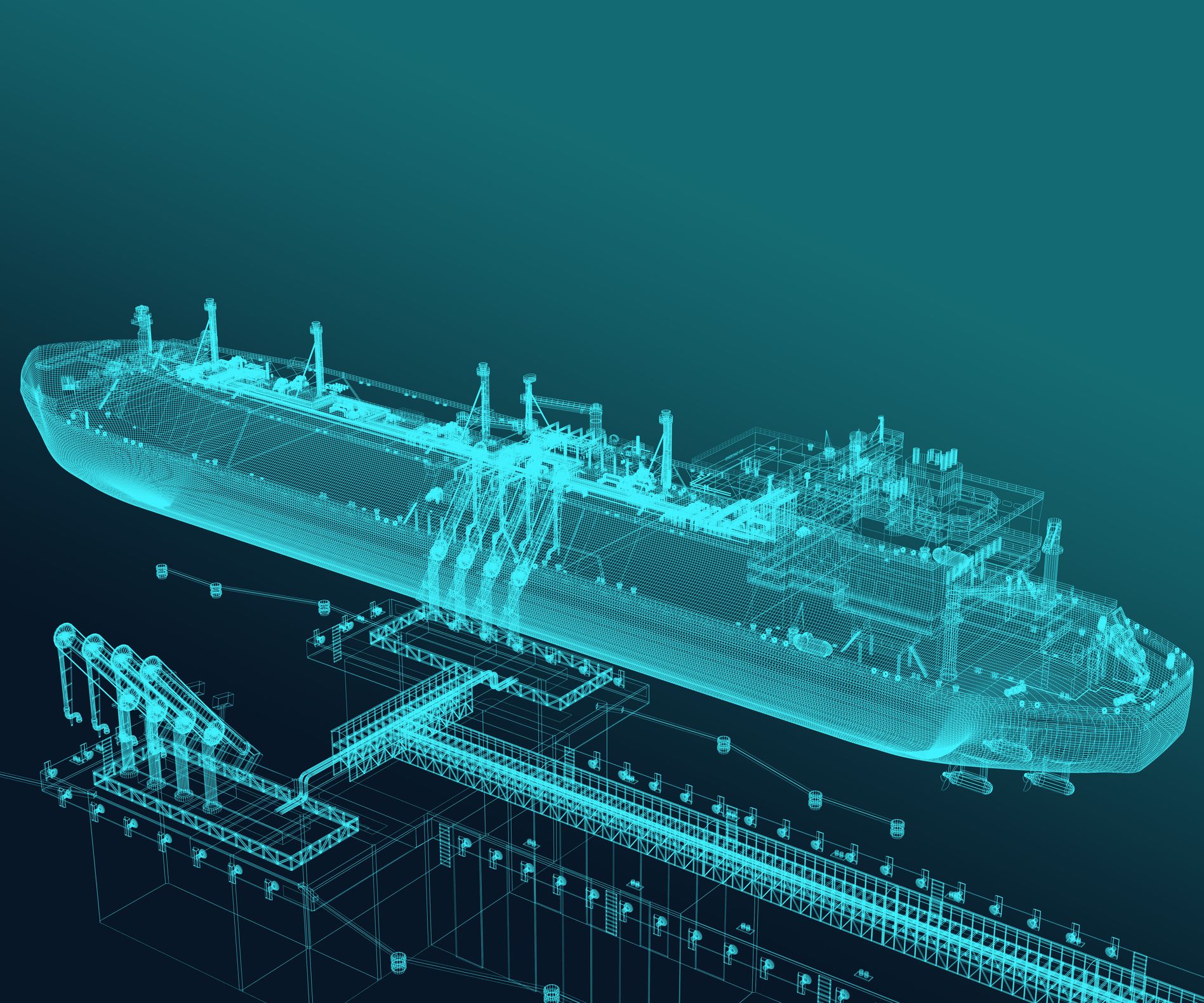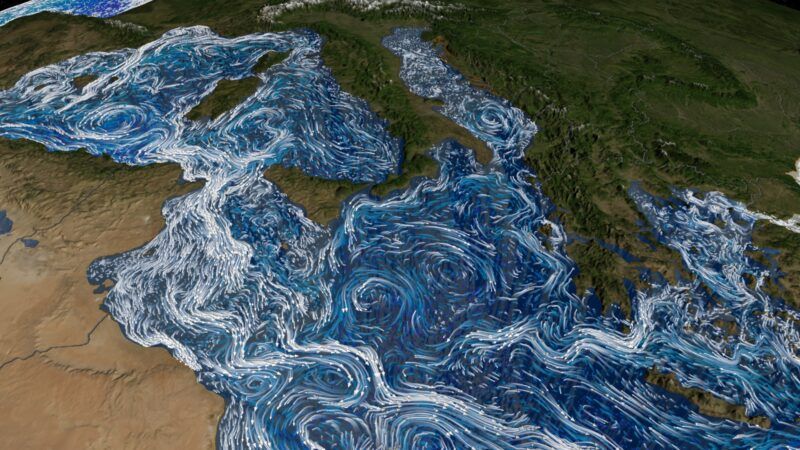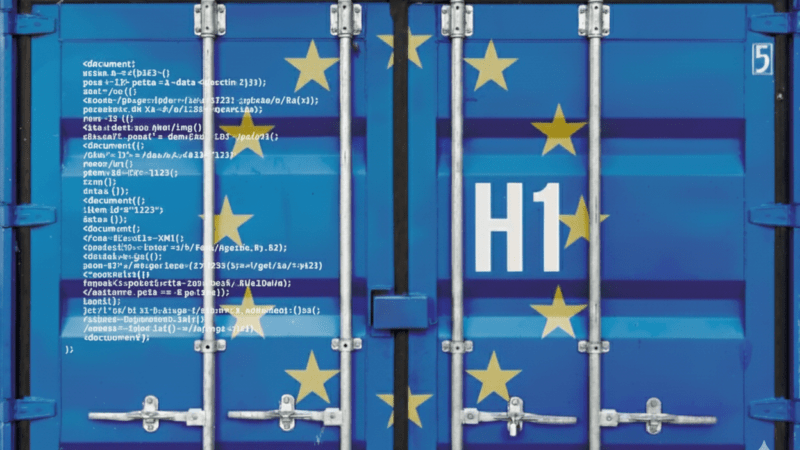 The electronic documents will be sent through a module created by the Commission that all national single windows will have to implement. (Getty Images)
The electronic documents will be sent through a module created by the Commission that all national single windows will have to implement. (Getty Images)
European Maritime Single Window, yes, but…
The European Maritime Single Window, EMSWe, is designed to harmonise the electronic exchange of the necessary information on the arrival, stay and departure of vessels in ports. However, there are still some unresolved issues and the intention to allow exceptions at national level may make this European conciliation more difficult.
 The electronic documents will be sent through a module created by the Commission that all national single windows will have to implement. (Getty Images)
The electronic documents will be sent through a module created by the Commission that all national single windows will have to implement. (Getty Images)
Background to the European Single Window
Regulation (EU) 2019/1239 governing the creation of a European maritime single window environment (EMSWe) is not the first attempt to harmonise the sending and receiving of information concerning a ship or the cargo it carries when arriving or departing from a European port.
Directive 65/2010 'on reporting formalities for ships arriving in or departing from ports of the Member States' already attempted to impose certain standardised forms (FAL forms), as defined in the International Maritime Organisation (IMO) Convention on Facilitation of International Maritime Traffic (FAL Convention), adopted on 9 April 1965.
"However, not all countries implemented it in the same way. When a ship and a shipping company operate in different countries and want to present the same documentation in all ports, they cannot do so, even at national level, because each country or port authority uses its own formats," explains Jaume Bagot, head of process improvement at the Port of Barcelona.
Following the 2010 regulation, Spain implemented the PIDE, the Integrated Calls Procedure, which covers all the formalities to be followed when a ship calls at a port: call request, berth assignment, dangerous goods, waste or crew and passenger lists.
"In 2010, it failed because the Directive was too open and each country implemented it in the way they thought best. In Spain, these messages are sent in EDIFACT (Electronic Data Interchange for Administration, Commerce and Transport) format while in other countries spreadsheets are exchanged," he continues.
The new regulation hopes to resolve this issue definitively and will even go further with the creation, by the European Commission, of a module that standardises electronic transmissions which all countries must integrate.
"The guidelines are quite clear on what the graphical interfaces for data entry should look like, with common tabs where each type of information can be inserted in the same way," says Bagot.

National legislation - an obstacle to European harmonisation?
The regulation includes an annex detailing a number of reporting formalities to be provided. The national implementation of some of these formalities, says Bagot, may conflict with the homogenisation sought by the EMSWe.
- A. Information formalities under EU legal acts
These include aspects such as waste, dangerous goods or the ISPS (International Ship and Port Facilities Security) declaration.
- B. FAL forms and formalities derived from international legal instruments
This category of reporting formalities includes the information to be provided under the FAL Convention and also includes the maritime declaration of health.
- C. Applicable national legislation
This Annex includes particular requirements linked to the legal framework of each country.
Although this list of reporting formalities has been agreed, Bagot points out that, in the working groups on the implementation of the Regulation, the possibility is being offered for each country to decide on certain aspects. This violates the principle of harmonisation pursued by the Regulation.
When various customs particularities have been presented and requested to be applied in all countries, it has been proposed that they should be implemented at national level on a country-by-country basis.
"In our case, the import manifest information submitted to Customs through the port authorities, in accordance with the Union Customs Code implementation programme, will have to be transformed next year into temporary storage declarations (TDD)," he says.
The Commission proposes that Spain could develop a specific message that includes the DDT information required by Customs and that required by the port authorities.
There will be two ways to submit information:
- Data entry in a graphical user interface, whose instructions are set by the Commission to ensure a similar interface for all countries.
- Electronic documents will be sent via the Reporting Interface Module (RIM). This is a module distributed by the Commission to be implemented by all national single windows in order to harmonise messages.
"In our case, the obligation of the declarant is, according to the Regulation, to send it to the national window of the country, which in Spain is DUEPORT, of Puertos del Estado. However, the Port of Barcelona has a Port Community System, Portic, which we want to enhance. We will have to foresee the possibility of messages entering through the national window and from there they will send us the information we need," he says.
Bagot explains that they also intend for these modules to be incorporated into Portic and that the declarant can then decide whether to send the information to DUEPORT or to the PCS.
In the scenario envisaged in the regulation, the national maritime windows will act as intermediaries between the declarant and the competent administrations, including port authorities, so that the information only has to be submitted once.
With the EMSWe, the EU has listened to a historical demand from declarants, but the inclusion of national casuistries may make harmonisation difficult
How will the single window module work
The Regulation foresees that declarants may submit documentation through the graphical user interface or telematically through the RIM developed by the European Commission. It also leaves open the possibility for each country to enable other channels for the submission of information, decisions to be taken at national level.
"The new environment foresees the development of certain common elements, such as databases that will be maintained by the Commission itself and connected to all the windows. For example, data on dangerous goods, locations (terminals, container depots and ports), ship information or health information," he lists.
When information is submitted to the national single window it is shared with national authorities; the Directorate-General for Merchant Shipping, Foreign Health, the National Police or the Guardia Civil or Customs. Access to databases with EORI codes, the identification number assigned by a customs authority to an economic operator in order to register it for customs purposes, is also foreseen.

Finally, some of this information is also transmitted to the EMSA's SafeSeaNet system, which monitors, among other things, dangerous goods and waste in European waters.
Bagot explains that proofs of concept have already been carried out on the Reporting Interface Module. Portic, the Port of Valencia and DUEPORT have participated, installing the module in their systems to establish communication with the national window and check that these work.
"The conclusion is that there is still room for improvement. A new and improved version of the module will be released at the end of this year. But we have to start like this, carrying out small tests that we are following closely from Barcelona," he explains.
Reasonable doubts about the European single window
All the information included in the new regulation is already shared in the messages managed by PIDE. "We are pushing for a change to stay as we are. It is positive for those who are starting to work with several ports but those who already do and have adapted to what each port requires will have to dedicate a lot of resources. The scenario is idyllic because it means harmonising information, but the current system already works," says Bagot.
In the case of manifests, if the goods are handled by two or three consignees, the port concerned receives two or three messages for the vessel in question. Now, with the change to temporary storage declarations, they will have to include information at the bill of lading level. "On large ships there will be up to 4,000 messages instead of the current two or three. They will be smaller messages but they will have to be managed," he says.
On the positive side, Bagot points out that the EU has listened to a historical demand from the declarants to solve the concern of working differently in different ports, but he believes that it will be difficult to implement everything by the deadline of 15 August 2025.
"I am concerned that we will not meet the deadline because there are open questions or national casuistries that have not yet been finalised. Ideally, we would like to allow the current messages to be sent for a period of time. However, the national single window will only accept data entry under the new model," he explains.
Although the European Commission is not expected to change the 2025 date, it is envisaged that the annual review regarding the level of use envisaged in the Regulation could start later, perhaps in 2027. A small margin to achieve a harmonised systems that failed almost 15 years ago.






